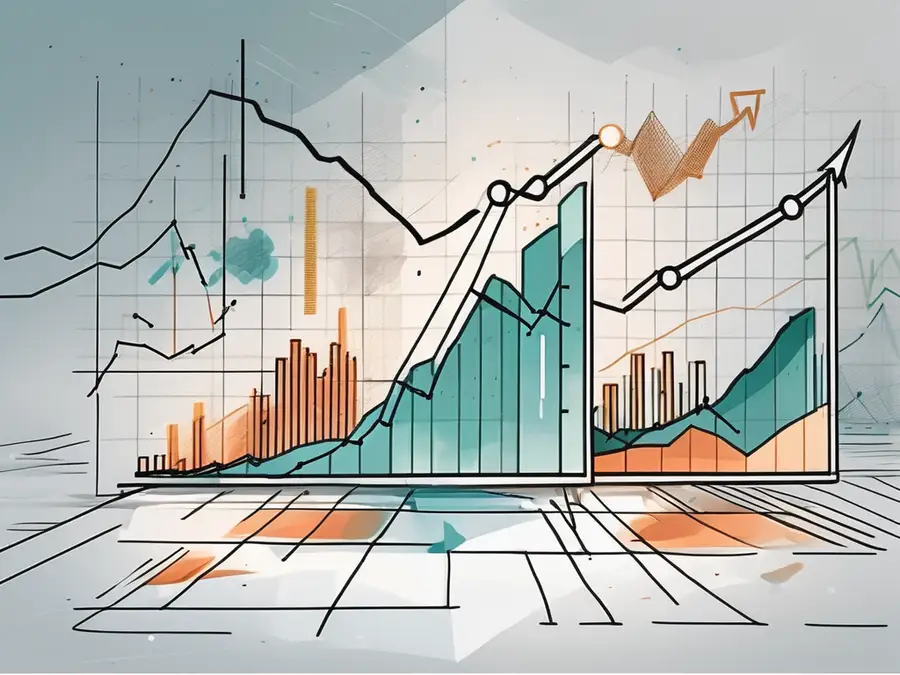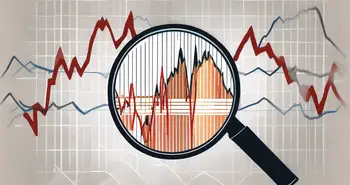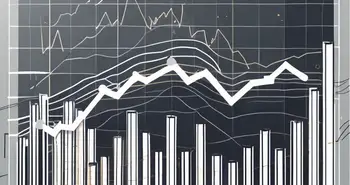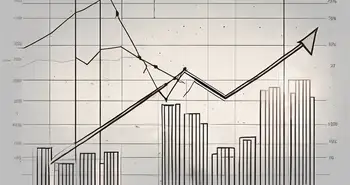Mark to Market: Understanding the Importance of Real-Time Asset Valuation

In my financial journey, the concept of mark to market has been an essential pillar, significantly shaping the landscape of investment evaluations and financial reporting. Let’s dive into this complex yet intriguing topic together.
The Concept of Mark to Market
Definition and Basic Explanation
Mark to market is an accounting practice that involves adjusting the value of an asset to reflect its current market price rather than its book value. This approach ensures that the financial statements present a more accurate picture of an entity's financial position.
For instance, if a company holds stock that has appreciated in value, it must report the current market value of that stock instead of its purchase price. This practice is crucial for investors and stakeholders, as it aids in assessing the real-time value of assets and liabilities.
The Importance of Mark to Market in Finance
Mark to market plays a vital role in maintaining transparency in financial reporting. It allows investors to gauge the economic realities of an organization, especially during volatile market conditions. In my experience as an investment analyst, I have witnessed how timely information can influence decision-making processes and investor confidence.
This concept is particularly significant in financial markets, where shifts in asset values can occur rapidly. By adopting a mark to market approach, financial institutions can manage risks more effectively and respond to changes in market sentiment.
The Process of Mark to Market
How Mark to Market Works
The process of mark to market involves several steps. It begins with identifying the assets that need to be marked to market and determining their current fair values. Fair value is generally defined as the price that would be received to sell an asset or paid to transfer a liability in an orderly transaction between market participants.
Once the fair values are established, they are reflected in the financial statements. This process often requires markets to be active and liquid, as valuations may depend significantly on the availability of comparable market transactions.
Key Steps in the Mark to Market Process
- Identify the Assets: Determine which assets are subject to mark to market.
- Valuation: Assess the current market price of these assets.
- Adjust Reporting: Update financial statements to reflect the new valuations.
- Regular Review: Conduct periodic reviews to ensure ongoing accuracy in valuations.
Benefits of Mark to Market
Enhancing Transparency in Financial Reporting
One of the primary benefits of mark to market is the enhancement of transparency in financial reporting. Investors gain clarity on the current value of an organization’s assets, leading to more informed decisions. I recall a project where we implemented this practice, resulting in increased stakeholder trust and engagement.
By providing real-time valuations, companies can attract more investors and potentially increase their capital accessibility.
Risk Management and Mark to Market
Effective risk management is another crucial aspect facilitated by mark to market. By continuously updating asset values, financial institutions can identify and mitigate potential losses before they escalate. This proactive approach was instrumental during my tenure at a financial firm when navigating through market downturns.
Mark to market allows organizations to manage their exposure to risk by adjusting their portfolios in response to changing asset prices, ensuring they remain aligned with their risk tolerance levels.
Criticisms and Limitations of Mark to Market
Volatility and Market Instability
Despite its benefits, mark to market is not without criticisms. One significant concern is that it can contribute to volatility, particularly in times of economic stress. Quick adjustments in asset values can lead to abrupt shifts in an organization's financial situation, potentially exacerbating market instability.
During the financial crisis of 2008, for example, many institutions faced severe repercussions due to rapid mark to market adjustments, which raised questions about the approach's reliability.
Potential for Manipulation
Another drawback is the potential for manipulation. Since valuations are often subjective, there is a risk that firms may overstate values to present a healthier financial situation. This practice can mislead investors, resulting in significant losses once the truth emerges. Therefore, it is crucial for regulatory bodies to scrutinize and enforce guidelines regarding mark to market valuations.
Mark to Market in Different Financial Instruments
Mark to Market in Futures Contracts
Mark to market is particularly prominent in futures contracts. These contracts are settled daily, meaning that profits and losses are calculated based on the current market price of the underlying asset. This process ensures that traders maintain sufficient margins and helps in stabilizing the markets.
My experiences with trading futures have underscored how vital it is to understand the daily adjustments, as they can significantly impact cash flow and overall risk management strategies.
Mark to Market in Mutual Funds
In the realm of mutual funds, mark to market is similarly essential. Fund managers are required to report the valuations of the underlying assets regularly. These updates influence the net asset value (NAV) of the fund, which directly affects investor decisions and market reputation.
At one point, I had invested in a mutual fund that practiced diligent mark to market, which provided me with confidence in their evaluation methods and ultimately reinforced my long-term investment strategy.
FAQ
Q: What is mark to market?
A: Mark to market is an accounting practice that adjusts the value of assets based on current market prices rather than historical cost.
Q: Why is mark to market important?
A: It enhances transparency in financial reporting and enables a more accurate reflection of an organization’s financial position.
Q: What are the risks of mark to market?
A: The practice can introduce volatility and the potential for manipulation in asset valuations.
In conclusion, understanding mark to market is paramount for anyone involved in finance. From enhancing transparency to managing risk, this approach continues to shape how we evaluate and report financial assets. My journey in finance has shown me the importance of adapting to these practices and staying informed about their implications.
As you continue to navigate the complexities of mark to market and its impact on your financial strategies, consider the innovative solutions offered by Morpher. Embrace a trading platform that not only enhances transparency but also revolutionizes your investment experience. With Morpher, you can trade a variety of asset classes with zero fees, infinite liquidity, and the added benefits of fractional investing and short selling. Take control of your investments with the safety of a non-custodial wallet, and explore the potential of 10x leverage to amplify your trades. Ready to transform your trading journey? Sign Up and Get Your Free Sign Up Bonus today and join the future of investing with Morpher.

Disclaimer: All investments involve risk, and the past performance of a security, industry, sector, market, financial product, trading strategy, or individual’s trading does not guarantee future results or returns. Investors are fully responsible for any investment decisions they make. Such decisions should be based solely on an evaluation of their financial circumstances, investment objectives, risk tolerance, and liquidity needs. This post does not constitute investment advice.

Painless trading for everyone
Hundreds of markets all in one place - Apple, Bitcoin, Gold, Watches, NFTs, Sneakers and so much more.

Painless trading for everyone
Hundreds of markets all in one place - Apple, Bitcoin, Gold, Watches, NFTs, Sneakers and so much more.









